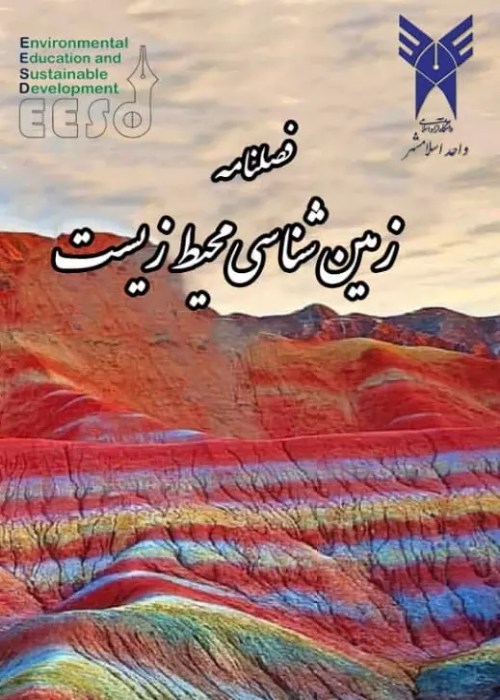Investigating the origin of iodine-rich groundwater in the east and southeast of the Caspian Sea using geochemical parameters of chlorine, bromine and iodine.
Author(s):
Article Type:
Research/Original Article (بدون رتبه معتبر)
Abstract:
High concentrations of iodide and bromide in groundwater are rarely reported and there are few studies about groundwater with high concentrations of iodine. The key geological parameters that affect the concentration of chloride, bromide include the presence of salt in the basin, the age of the reservoir and the type of kerogen present in the rocks of the sedimentary basin. Iodine is highly concentrated in organic materials in marine environments, hence rocks rich in organic sources have high I/Cl and I/Br compared to seawater or evaporated seawater. Therefore, the increase in iodine concentration in deep underground water is attributed to the microbial decomposition of organic matter in anaerobic conditions. Based on this, the origin of water can be determined through I/Br and I/Cl ratios. In addition to oil potential, many oil fields in the world show anomalies of some rare elements such as iodine. Therefore, the measurement of halogens and the investigation of (I/Cl), (Br/Cl) and (I/Br) ratios were studied in this article in the eastern regions of the Caspian Sea. In order to achieve the objectives of the research, samples were taken from 7 regions, 3 regions are located in Golestan province (exploration and iodine extraction regions) and 4 regions are located in Turkmenistan. The obtained results show that It shows that although the geochemical composition and origin of the brines differ from each other and in terms of the intensity of some processes such as mixing with water sources with less salinity and the intensity of evaporation, the main source of iodine in subsurface brines in the east and southeast Caspian Sea is the presence of substances Organic is rich in iodine in sedimentary formations. In Khair khajeh area, the amount of iodine and especially bromine is significantly lower than that of Inche area, which shows the mixing of the underground aquifers of this area with saline atmospheric waters and the lower amount of iodine and bromine. In other words, the amount of iodine and especially bromine in the fossil waters on the eastern shores of the Caspian decreases towards the east.
Language:
Persian
Published:
Iranian Journal of Environmental Geology, Volume:16 Issue: 61, 2023
Pages:
1 to 12
https://magiran.com/p2630297
دانلود و مطالعه متن این مقاله با یکی از روشهای زیر امکان پذیر است:
اشتراک شخصی
با عضویت و پرداخت آنلاین حق اشتراک یکساله به مبلغ 1,390,000ريال میتوانید 70 عنوان مطلب دانلود کنید!
اشتراک سازمانی
به کتابخانه دانشگاه یا محل کار خود پیشنهاد کنید تا اشتراک سازمانی این پایگاه را برای دسترسی نامحدود همه کاربران به متن مطالب تهیه نمایند!
توجه!
- حق عضویت دریافتی صرف حمایت از نشریات عضو و نگهداری، تکمیل و توسعه مگیران میشود.
- پرداخت حق اشتراک و دانلود مقالات اجازه بازنشر آن در سایر رسانههای چاپی و دیجیتال را به کاربر نمیدهد.
In order to view content subscription is required
Personal subscription
Subscribe magiran.com for 70 € euros via PayPal and download 70 articles during a year.
Organization subscription
Please contact us to subscribe your university or library for unlimited access!



